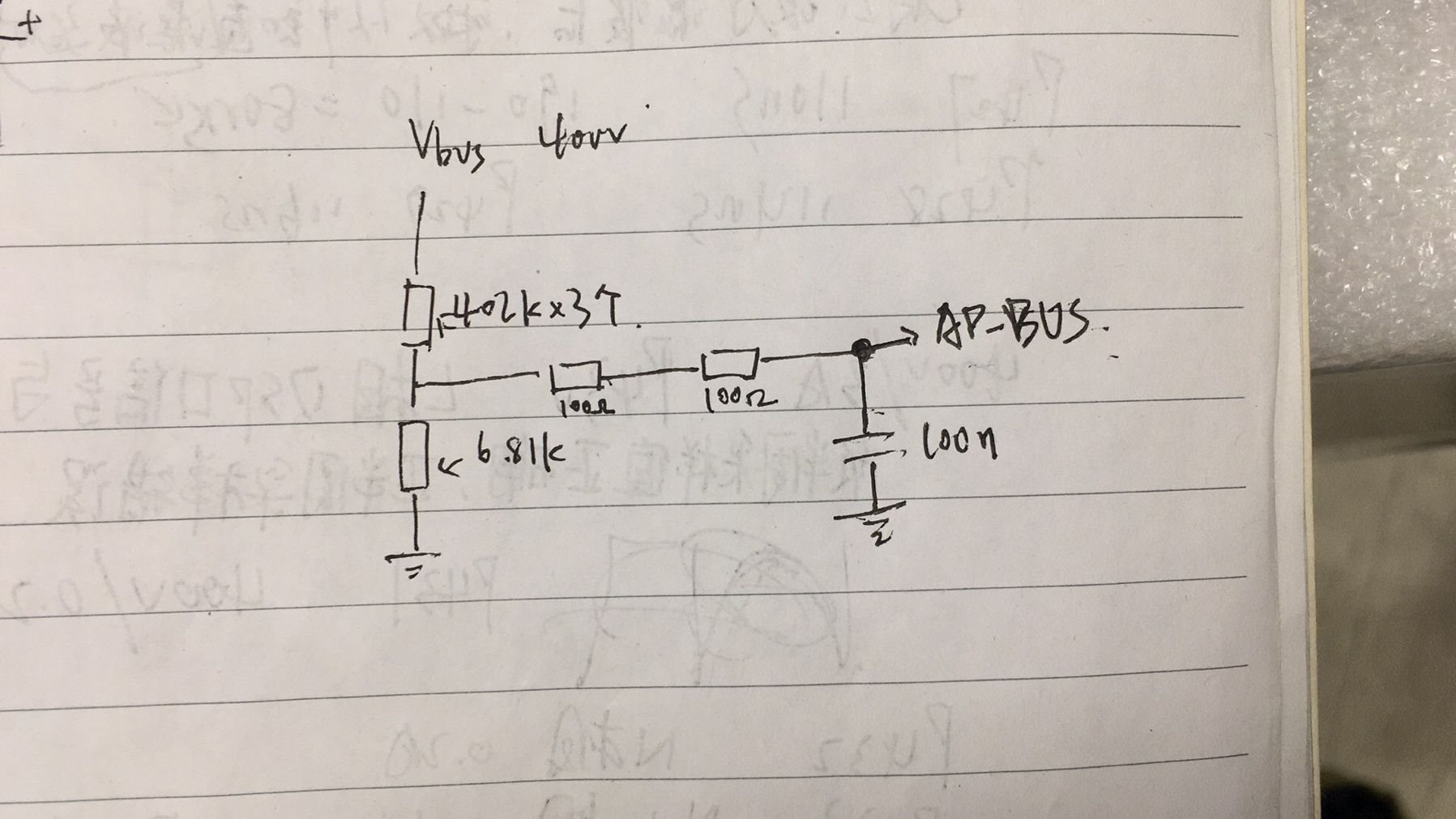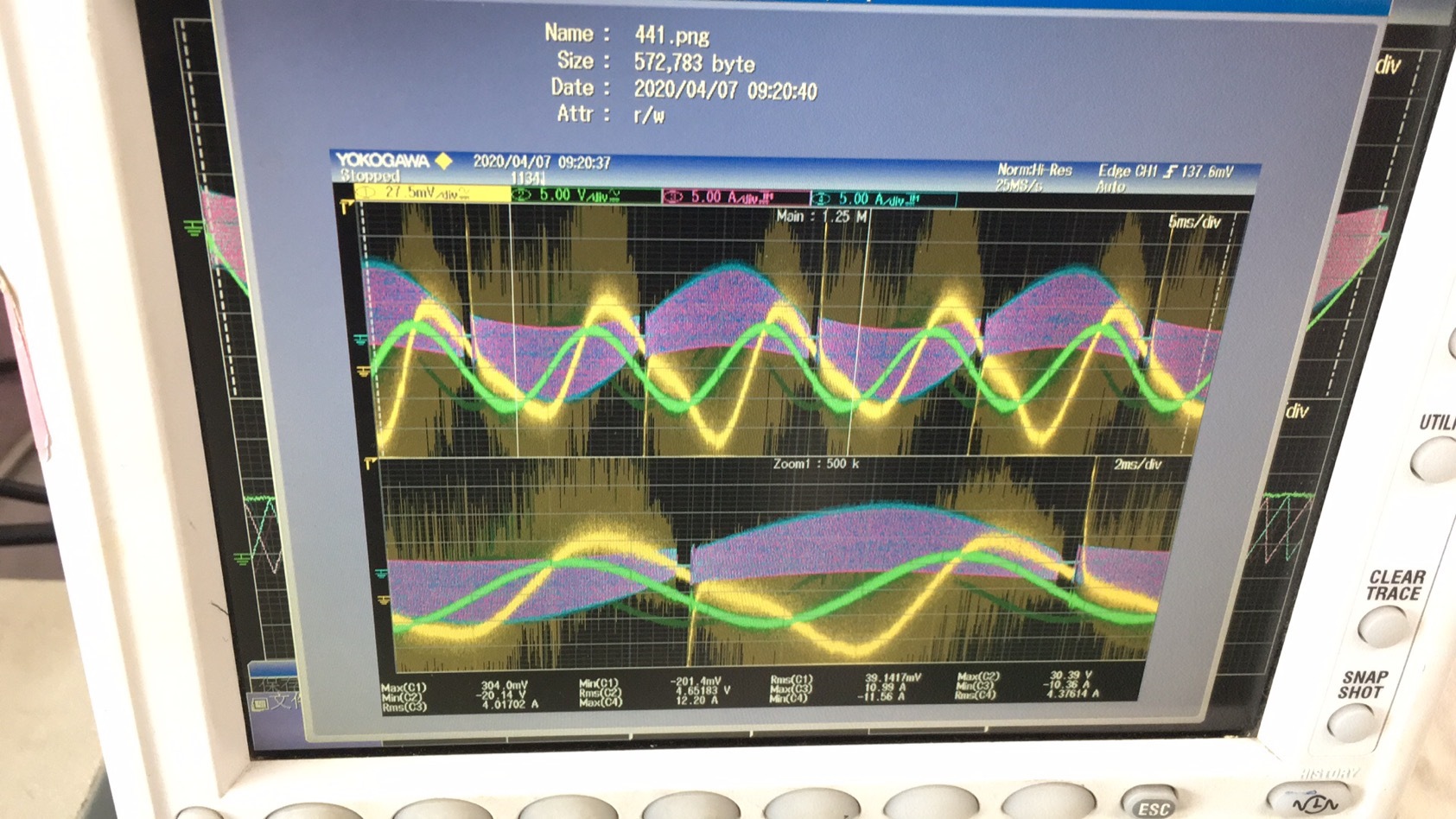Hi expert,
My customer is sampling HV with resistor divider and there is no amplifier as a buffer. They find the signal at ADC input pin gettting distorted when high power is on, we are not sure if this is related to F280049 or just caused by EMI. We have tried to cut the trace in PCB to disconnect resistor divider output to ADC input pin, in this circumstance waveform at divider output will not be distorted in high power conditions.
We has external circuit design like below:
Below picture shows HV signal (green) and divided signal (yellow), the divided signal is connected to ADC input pin of F280049
Could you give us some idea of how to identify the root cause? (maybe high signal source impedance or EMI?)
BTW, would like to know if 50ohm is a recommended internal resistance of signal source interfacing with F280049's ADC?
Thanks
Sheldon



